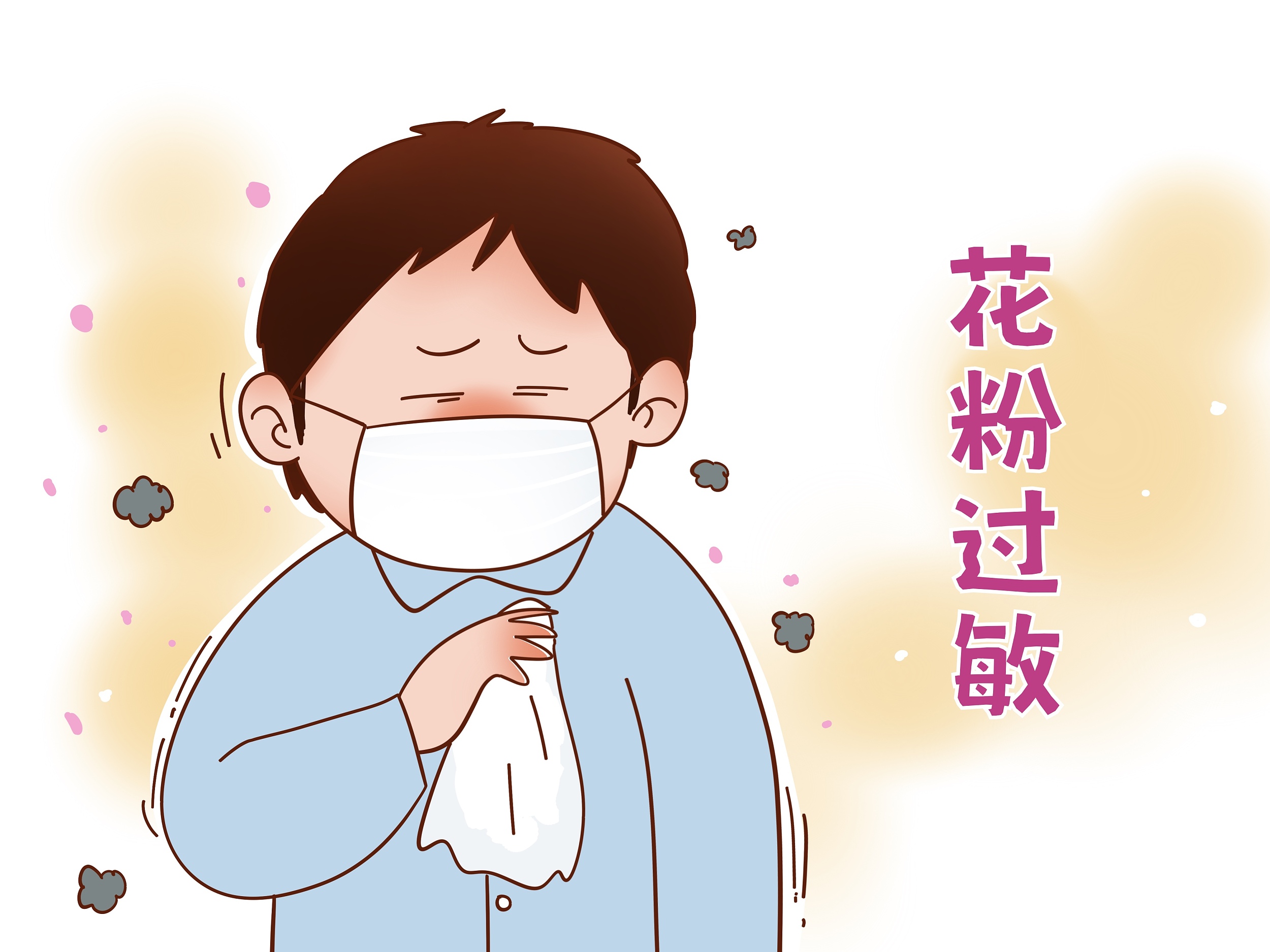An Essential Guide to Prevent Spring Allergies

(PHOTO: VCG)
By ZONG Shihan
Every March, it is not only the time of the blossoming beauty of new life but also the season that brings discomfort to many through a range of allergies.
Currently, the prevalence of allergic diseases is rapidly rising and has been listed by the World Health Organization as one of the six major chronic diseases globally, severely affecting people's health.
Allergies can spring from a myriad of causes, including environmental factors, genetic predispositions, individual differences, and immune malfunction. During spring, allergies intensify due to dramatically fluctuating temperatures and a surge in allergens like pollen, dust mites and bacteria in the air.
Typical spring allergies include allergic rhinitis, skin allergies, and hay fever. When allergens enter the human body, the immune system may attack normal cells, resulting in allergic diseases. Also, with the upward trend in temperature and intensifying ultraviolet rays in spring, our skin is subjected to increased irritation, culminating in aggravated skin allergies, especially on the face and neck.
Prevention is key in combating allergies. In particular, individuals susceptible to allergies should avoid contact with allergens to the greatest extent.
Moreover, wearing protective clothing and maintaining a clean indoor environment is helpful. Physical exercise can also play a significant role in enhancing immunity to fend off allergens, thus minimizing the likelihood of allergic diseases.
If an allergic reaction occurs, the first step is to quickly leave the possible allergen environment and stay away from allergens that include, but are not limited to, pollen, dust, mites, pet hair, and cold stimuli. If the specific allergen cannot be identified, it is recommended to visit the hospital as soon as possible for a diagnosis. Based on the doctor's guidance, targeted drug treatments or even desensitizing treatments may be necessary to control allergic symptoms.






